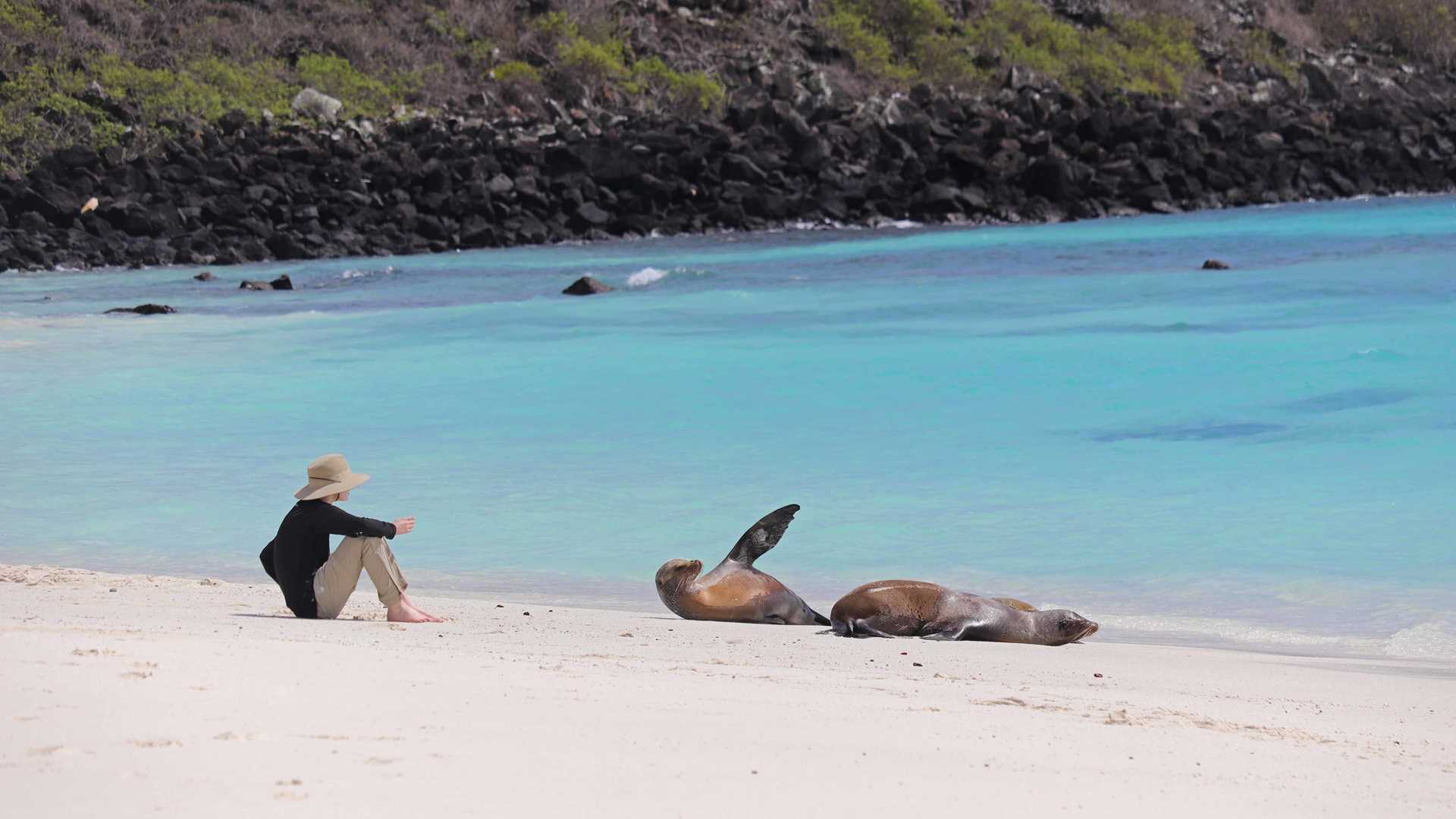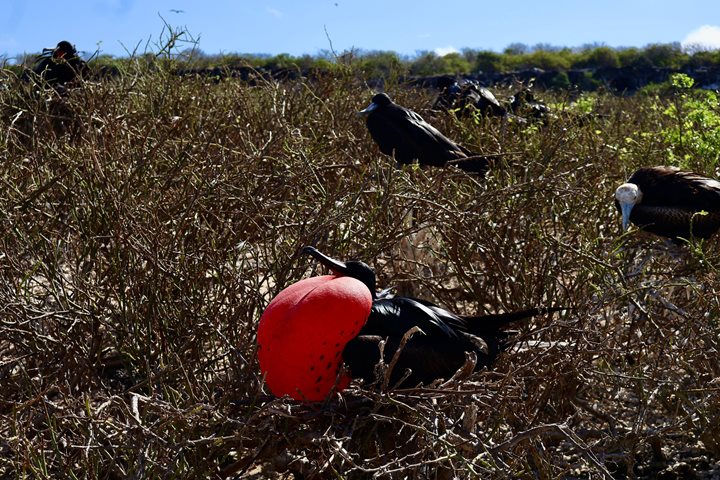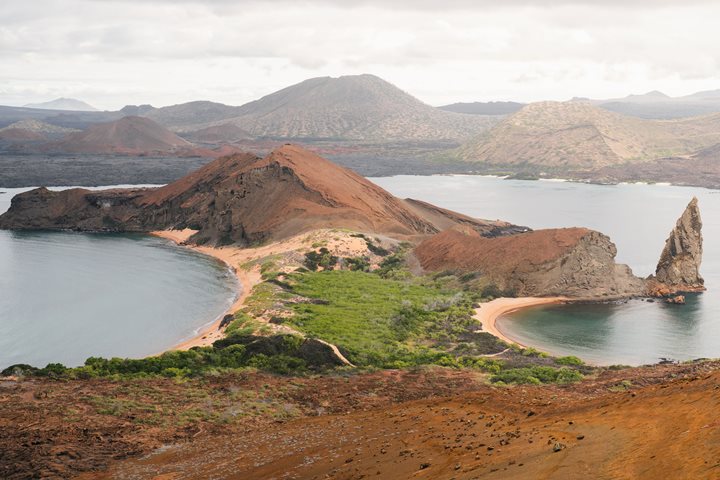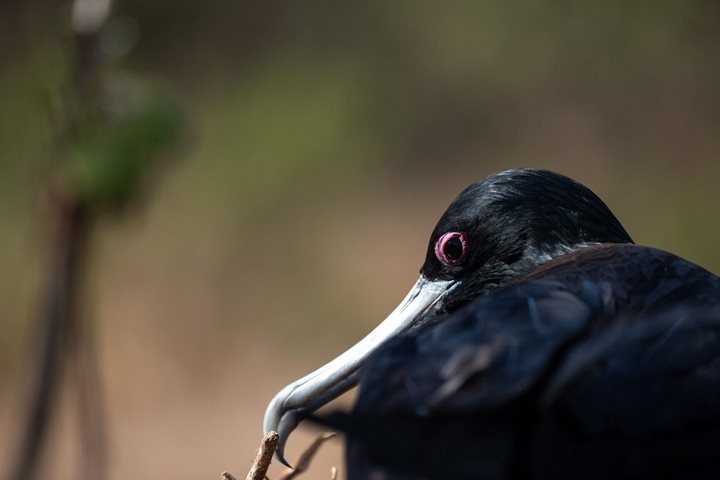This is our first full day in the Galapagos Islands, and today we are going back in time, visiting the oldest island in the archipelago. Espanola Island is estimated to be 3.5 million years old, and is a wonderful example of the natural laboratory for evolution that exists here. Because of its age, this island and the creatures that inhabit it have had more time to evolve, and you can see it in the colorful species of marine iguana, the endemic lava lizard, and the endemic mockingbird. We started the day exploring the ocean with our first deep water snorkeling excursion, and then continued our adventure on land, visiting a beautiful white sand beach at Gardner Bay, where a sea lion colony lives. In the afternoon, we visited Punta Suarez for an amazing hike among nesting and flying albatross. Today has been magical and this is just the beginning!
6/13/2025
Read
National Geographic Endeavour II
Genovesa Island
We started the day with excitement as we landed on the beautiful, pristine coast of Isla Genovesa - a true birder’s dream. Along the sandy beaches and steep cliffs of Darwin Bay, we were surrounded by an incredible array of birdlife. Frigatebirds soared closely overhead with their red pouches on full display, while Nazca and blue-footed boobies nested along the rocky ledges. Swallow-tailed gulls called out as we walked past. In the distance, we saw the stoic and elusive short-eared owl. The island was alive with color, sound, and constant movement. Between our excursions to Isla Genovesa, we snorkeled near Prince Philip’s Steps and discovered a vibrant world beneath the waves. Schools of fish swirled around us, a fur seal turned in the water as if dancing on cue, and sea lions relaxed nearby. As our last snorkeling adventure came to a close, we spotted a sea turtle resting calmly in a crevice. As the sun retreated into the sky on our last return to National Geographic Endeavor II, we reflected on the sheer magnitude of what we witnessed on our last full day. Isla Genovesa, like the other islands, gave us a connection to a sacred world. The harmony between land, sea, and sky reminded us how deeply interconnected, vital, and fragile these ecosystems are. Watching birds tend to their nests and marine life swim effortlessly, we were struck by how little space there is between wonder and reverence. We recognized that our journey wasn’t just about observing unique wildlife, it was about feeling part of something grander and beautifully ancient.







